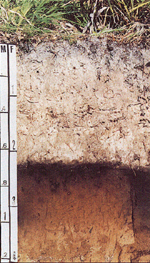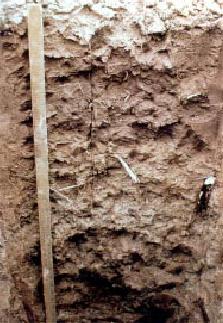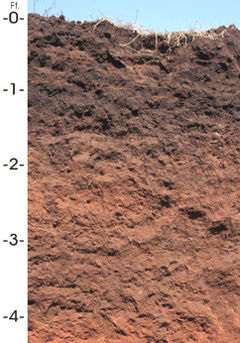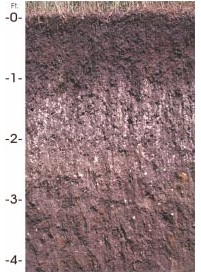This article needs additional citations for verification .(July 2025) |
This is a list of U.S. state soils. A state soil is a soil that has special significance to a particular state. Each state in the United States has selected a state soil, twenty of which have been legislatively established. These official state soils share the same level of distinction as official state flowers and birds. Also, representative soils have been selected for Puerto Rico and the U.S. Virgin Islands. [1]

















